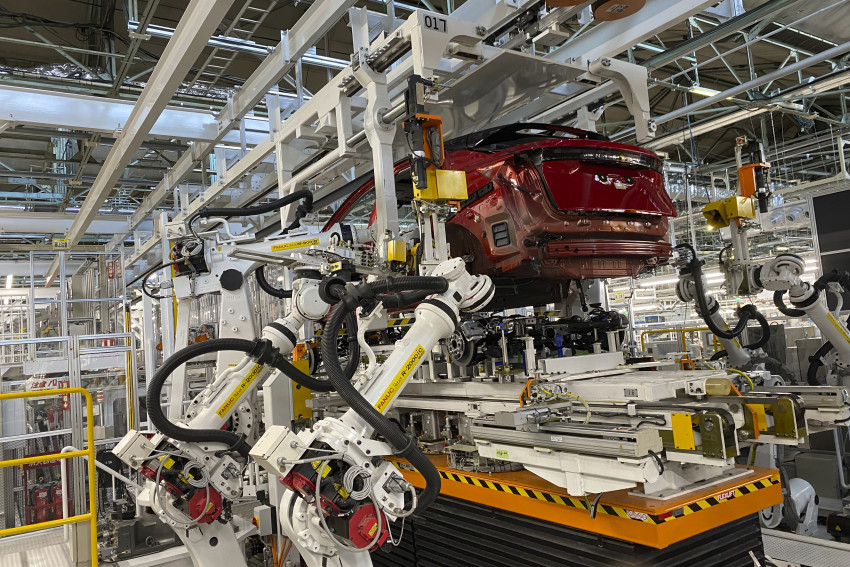
Technologies are reaching the pinnacle of their development. Nissan’s factory in Japan is also known as the intelligent factory. This is due to the factory’s use of robots rather than human employees. Robots perform the factory’s physical operations. They are, however, human-made inventions. Welding and mounting are two of the robots’ functions. Aside from that, they keep an eye on the painting process and analyze their results.
During an interview, Nissan factory executive vice president Mr. Hideyuki Sakamoto mentioned the factory’s advanced technology. Artificial intelligence is built into the robots, allowing them to retrieve and analyze data previously performed by humans.
The factory, which was built on the edge of the city of Tokyo, has been operational since April, as Nissan Motor Co. predicted.
The factory’s assembly line comprises three types of models: e-Power, electric, and those that run on combustion. The engines can be manufactured on the same assembly line. Each vehicle is equipped with a sufficient powertrain as it moves along the line.
Because the robots can perform most of the factory’s labor tasks, the factory’s men can focus on strategic matters such as analyzing and verifying the data reported by the robots. Aside from that, they can aid in the equipment’s long-term management.
With rising demand, automakers are hoping to improve the adaptability and functionality of robots to meet rising market demands.
The car’s surface was focused on huge mechanical arms that flashed light on the surface at the inspection time. A camera was used to check the minute detailing and bring up perfectly designed vehicles.
Nissan is reducing the cost of collecting rare earth metals by employing cutting-edge technology. As a result, electric vehicles are replacing magnets with instruments resembling a giant spool, a metal object wrapped in wire. Nissan is attempting to develop this advanced strategic mechanism cost-effectively.
Tochigi is putting new ideas to the test to see if they can be implemented in vehicles. Shortly after that, the mechanism will be broadcast to the other branches, including the French alliance partner Renault’s factories.
Furthermore, Mr. Sakamoto lacks the confidence to state the exact amount of money saved by the assembly’s automated line.
In addition, he stated that the company should look forward to moving forward despite the labor shortage caused by the global pandemic. Also, keeping track of carbon emissions to prevent global warming has a significant impact on the climate.
Sakamoto estimates that carbon neutrality will be achieved in its operations and product life cycle around 2050. Manufacturing, material extraction, and recycling are all part of the cycle.
A new type of paint that allows the factory to paint the bumpers and the vehicle’s body simultaneously saves 25% of the factory’s total energy consumption. Vehicle bodies and bumpers were previously painted separately because vehicle bodies were made of aluminum, and bumpers were made of plastic. As a result, they required various temperatures.
